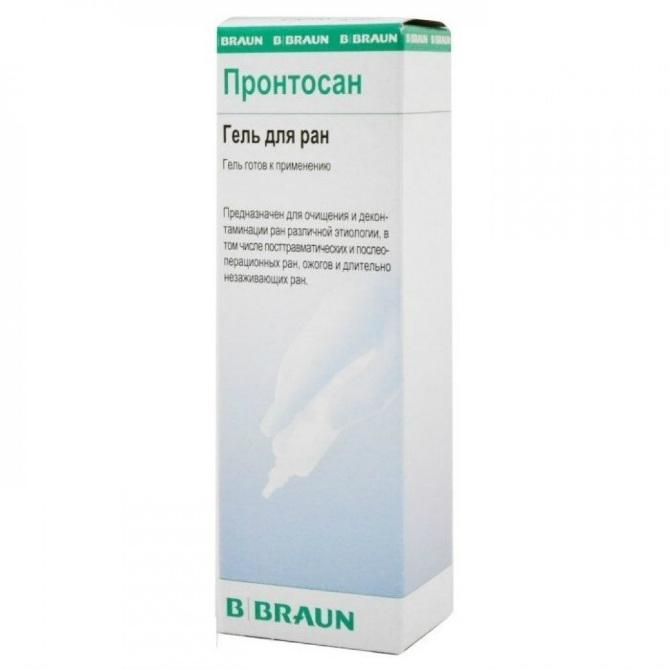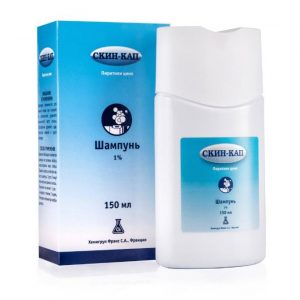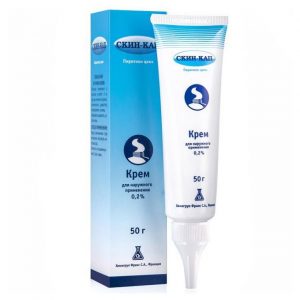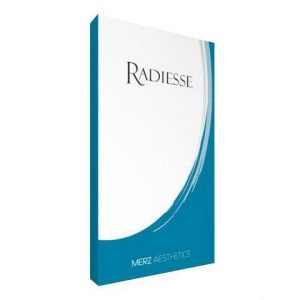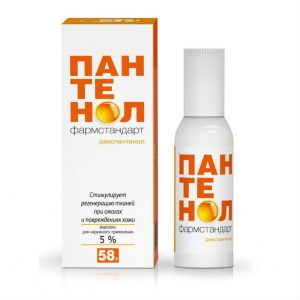Description
Pharmacological action of
Wound healing may be slowed down due to the presence of exudate, films, crusts, and scabs of dead tissue and cellular detritus and / or biofilms in the wound. These coatings are difficult to remove and create good conditions for the growth of pathogenic microflora.
In addition, even apparently clean wounds, especially post-traumatic, can be contaminated with microorganisms that can cause infectious complications in the wound.
Pronosan allows thorough cleaning of the wound surface, moisturizing the wound and suppressing the bacterial flora, which creates the conditions for early wound healing.
Thanks to the antibacterial component, Pronosan can be successfully used to prevent infection of wounds by pathogenic microorganisms and to prevent the development of infectious complications in the wound.
Indications
Wound gel – for cleansing, moisturizing and decontamination:
purulent-necrotic wounds of various origins, including non-healing wounds such as trophic ulcers, pressure sores, etc.
post-traumatic wounds with foreign and necrotic tissue
thermal and chemical burns, especially in lesions with a large number of necrotic tissue and scab
wound surfaces around the stoma, catheters or
probes postoperative wounds.
Dosage and administration of
– in order to remove foreign and necrotic tissue, exudate, surface films and crusts, fibrin and biofilm, the wound surface must be thoroughly washed and cleaned with Prontosan
solution – large wound surfaces should be washed for 15 minutes srd – the skin around the wound is cleaned with Prontozan moistened with a
cloth – dressings are recommended to be done at least once a day, and it is better to
several times a day – to remove more dense scab films, abundant accumulations of fibrin, crusts, it is recommended to continue treating the wound with Pronosan gel.
Active ingredient
Undicylene Amidopropyl Betaine
dosage form
gel for external use
